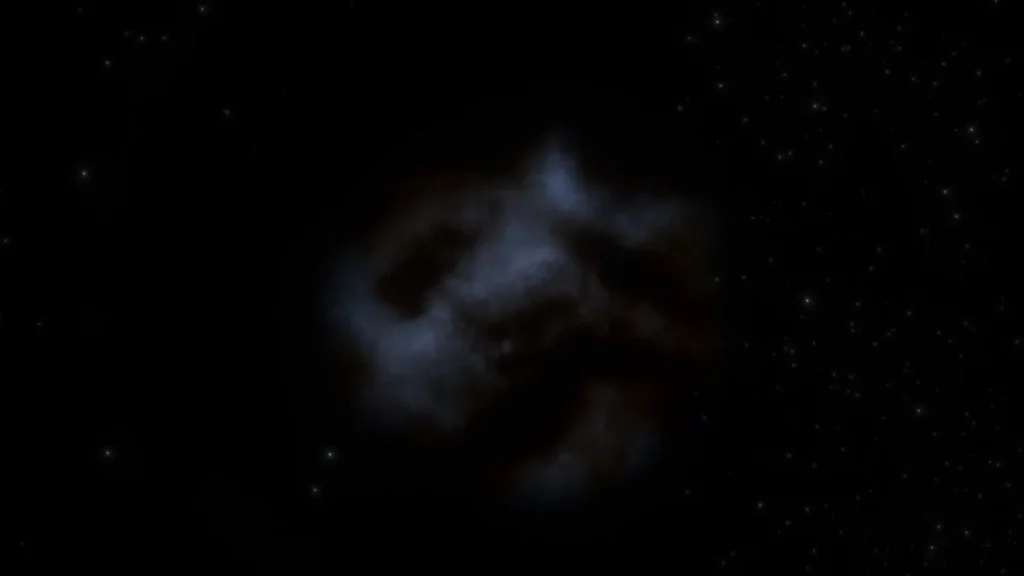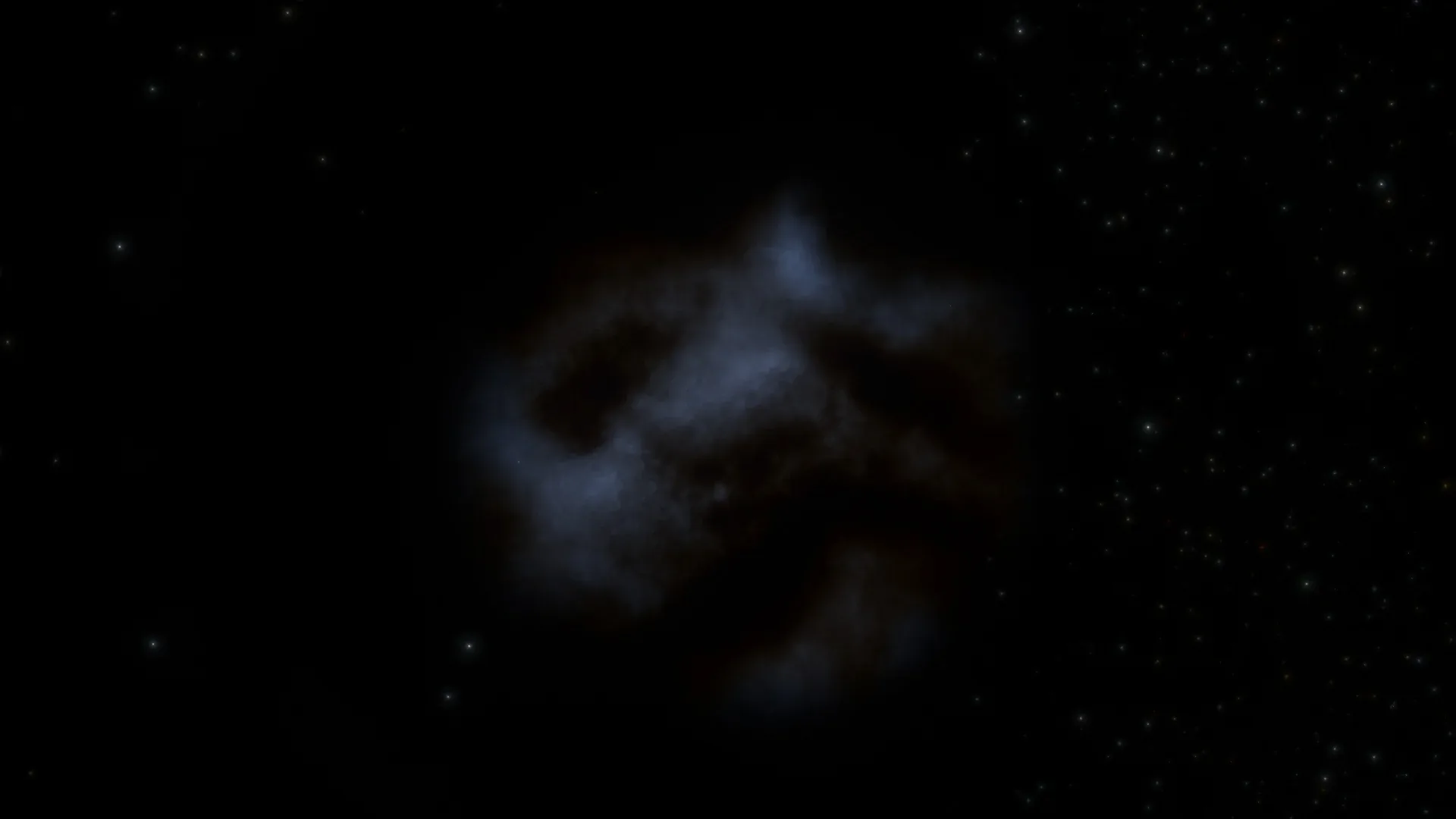An international team of astronomers has discovered a distant galaxy, named REBELS-25, that exhibits surprising similarities to our Milky Way. This finding challenges current theories about the formation and evolution of galaxies in the early universe.
Characteristics of REBELS-25:
- Ordered Structure: Unlike other early galaxies that are typically chaotic and disordered, REBELS-25 displays a well-defined disk structure, similar to that of the Milky Way.
- Significant Rotation: The galaxy exhibits substantial rotation, indicating a more organized internal dynamic than expected for its epoch.
Implications of the Discovery:
According to current theories, early universe galaxies are expected to be small and exhibit chaotic structures due to frequent mergers and collisions. The detection of a galaxy like REBELS-25, with an ordered structure and dominant rotation, suggests that some galaxies may have evolved into organized forms more rapidly than previously thought.

Observations and Methodology:
The team utilized the Atacama Large Millimeter/submillimeter Array (ALMA) to observe REBELS-25. Initial observations indicated signs of rotation, but the resolution was insufficient for confirmation. Subsequent higher-resolution observations confirmed the galaxy’s nature.
Future Perspectives:
This discovery raises new questions about the formation and evolution of galaxies in the early universe. Further studies are needed to understand how some galaxies developed ordered structures at such early stages of the cosmos. Alma Observatory
In summary, the discovery of REBELS-25 provides a new perspective on galactic evolution and suggests that ordered structures may have formed earlier than previously believed, challenging current theories about the evolution of the cosmos.
